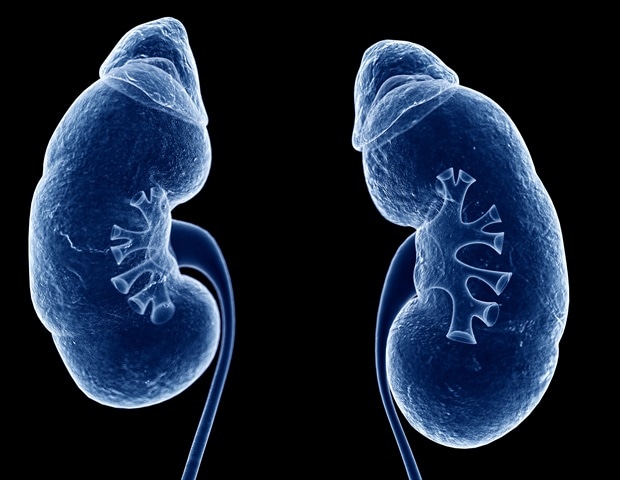A video game in which participants herded virtual cattle has furthered our understanding of how humans make decisions on movement and navigation, and...
Vous n'êtes pas connecté
- English
- Français
- عربي
- Español
- Deutsch
- Português
- русский язык
- Català
- Italiano
- Nederlands, Vlaams
- Norsk
- فارسی
- বাংলা
- اردو
- Azərbaycan dili
- Bahasa Indonesia
- Հայերեն
- Ελληνικά
- Bosanski jezik
- українська мова
- Íslenska
- Türkmen, Түркмен
- Türkçe
- Shqip
- Eesti keel
- magyar
- Қазақ тілі
- Kalaallisut ; kalaallit oqaasii
- Lietuvių kalba
- Latviešu valoda
- македонски јазик
- Монгол
- Bahasa Melayu ; بهاس ملايو
- ဗမာစာ
- Slovenščina
- тоҷикӣ ; toğikī ; تاجیکی
- ไทย
- O'zbek ; Ўзбек ; أۇزبېك
- Tiếng Việt
- ភាសាខ្មែរ
- རྫོང་ཁ
- Soomaaliga ; af Soomaali
Rubriques :
 Maroc - TECHXPLORE.COM - RSS news feed - 15/Aug 16:04
Maroc - TECHXPLORE.COM - RSS news feed - 15/Aug 16:04
Robot planning tool accounts for human carelessness
A new algorithm may make robots safer by making them more aware of human inattentiveness. In computerized simulations of packaging and assembly lines where humans and robots work together, the algorithm developed to account for human carelessness improved safety by about a maximum of 80% and efficiency by about a maximum of 38% compared to existing methods.
Articles similaires
Next-generation perovskite solar cell can absorb near-infrared light beyond the existing visible light range
Existing perovskite solar cells, which are unable to utilize approximately 52% of total solar energy, have been improved upon by a Korean research...
AI model that checks for skin cancer shows promise
Scientists in the East of England have developed a way of using artificial intelligence to check for skin cancer, with the AI tool outperforming...
UK-DTOP tool promises improved outcomes for kidney transplant recipients
A new advanced artificial intelligence (AI) tool, developed by renal doctors internationally, represents a significant step forward in predicting and...
Beyond the Algorithm: How Human Analysts Bring Real Value to PR Measurement
By: Philip OdiakoseIn public relations, data-driven decision-making has become a pivotal element of PR success. The ability to accurately monitor...
Virtual reality the way forward for training
A training program where new forestry recruits learn to make crucial thinning decisions through immersive virtual reality simulations of forests could...
The Political Economy Of Vietnam’s North-South High-Speed Rail Project – Analysis
By Nguyen Khac Giang Vietnam has had to struggle to develop an efficient railway system due to financial and technical constraints. In 2010,...
Drones with ‘nervous system’ could soon fly longer and safer
Scientists at the University of Southampton are testing an innovative new “nervous system” for drones, which could help them fly for longer...
Thriving Together
Taiwan leverages technological expertise and leadership to drive regional prosperity. Taiwan is recognized around the world for its technological...
Can you feel sorry for a robot? Research indicates you can
A pitiful sound from tinny speakers, sad virtual eyes, trembling robot arms: It doesn't take much to feel sorry for a robot. This is the conclusion of...
Les derniers communiqués
-
Adobe Brings Conversational AI to Trillions of PDFs with the New AI Assistant in Reader and Acrobat
Adobe - 21/02/2024
-
Laura Frigenti takes the Helm as Chief Executive Officer of the Global Partnership for Education
Global Partnership for Education - 05/12/2022



